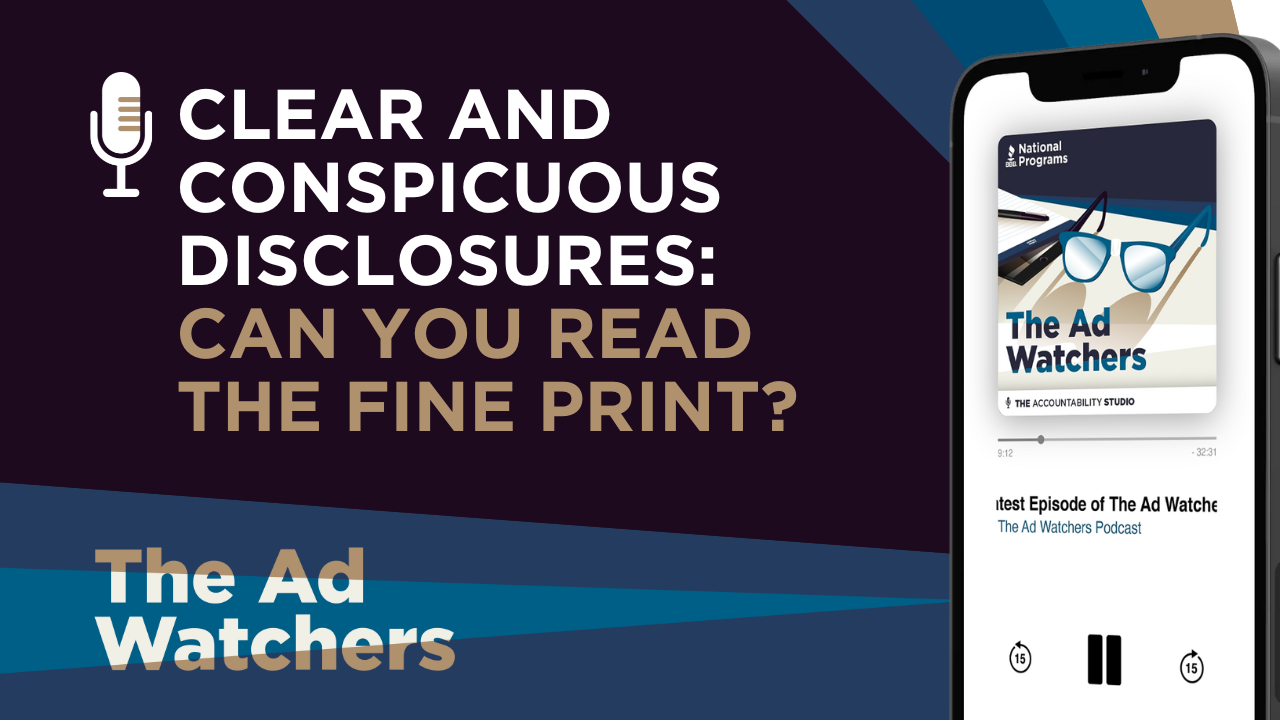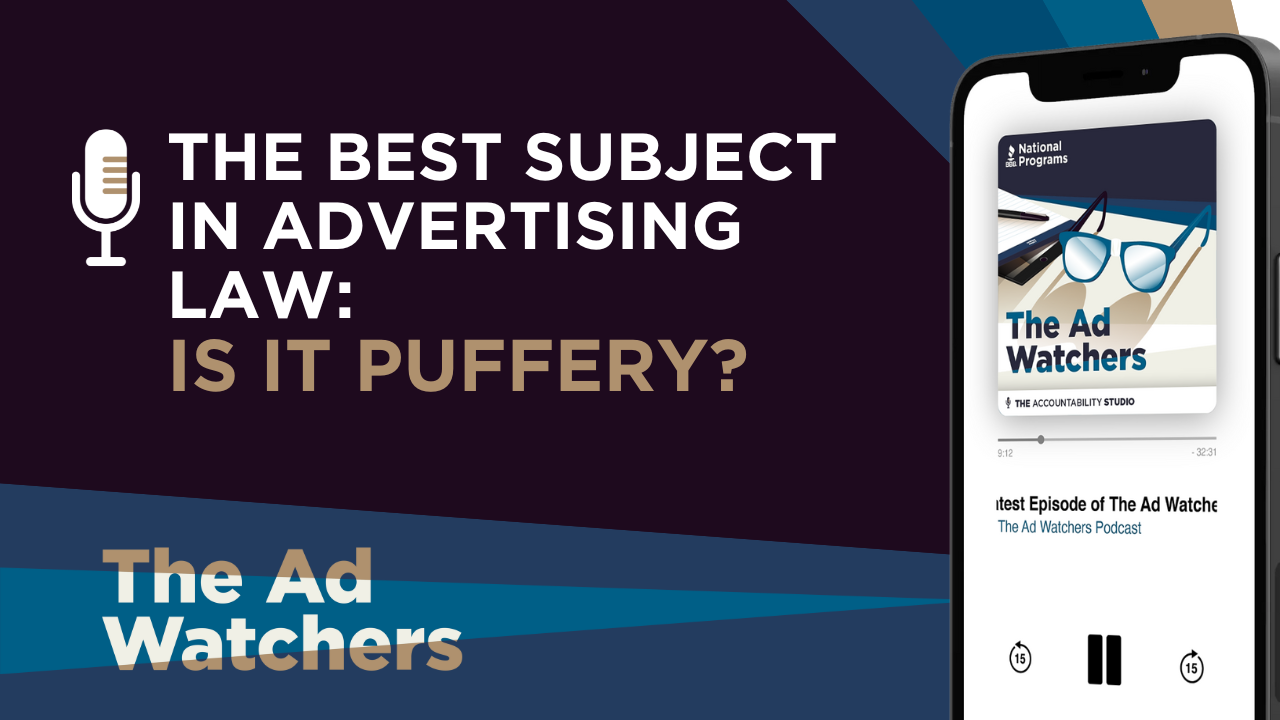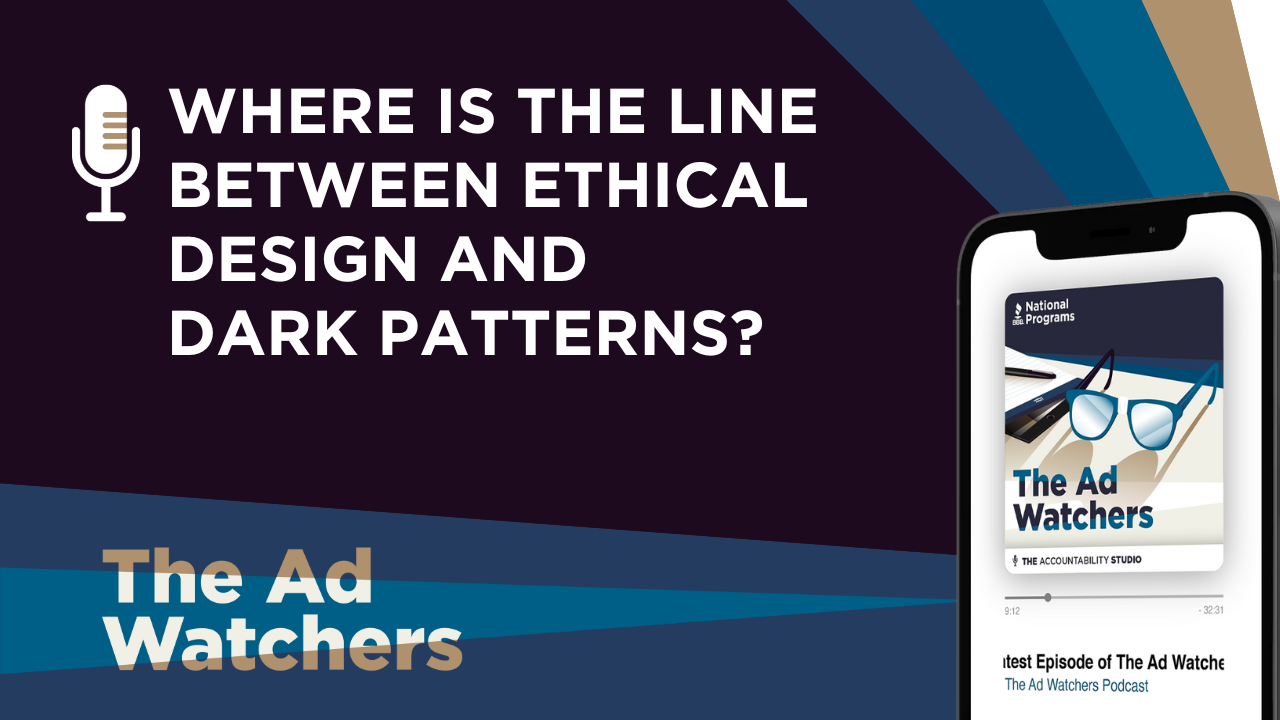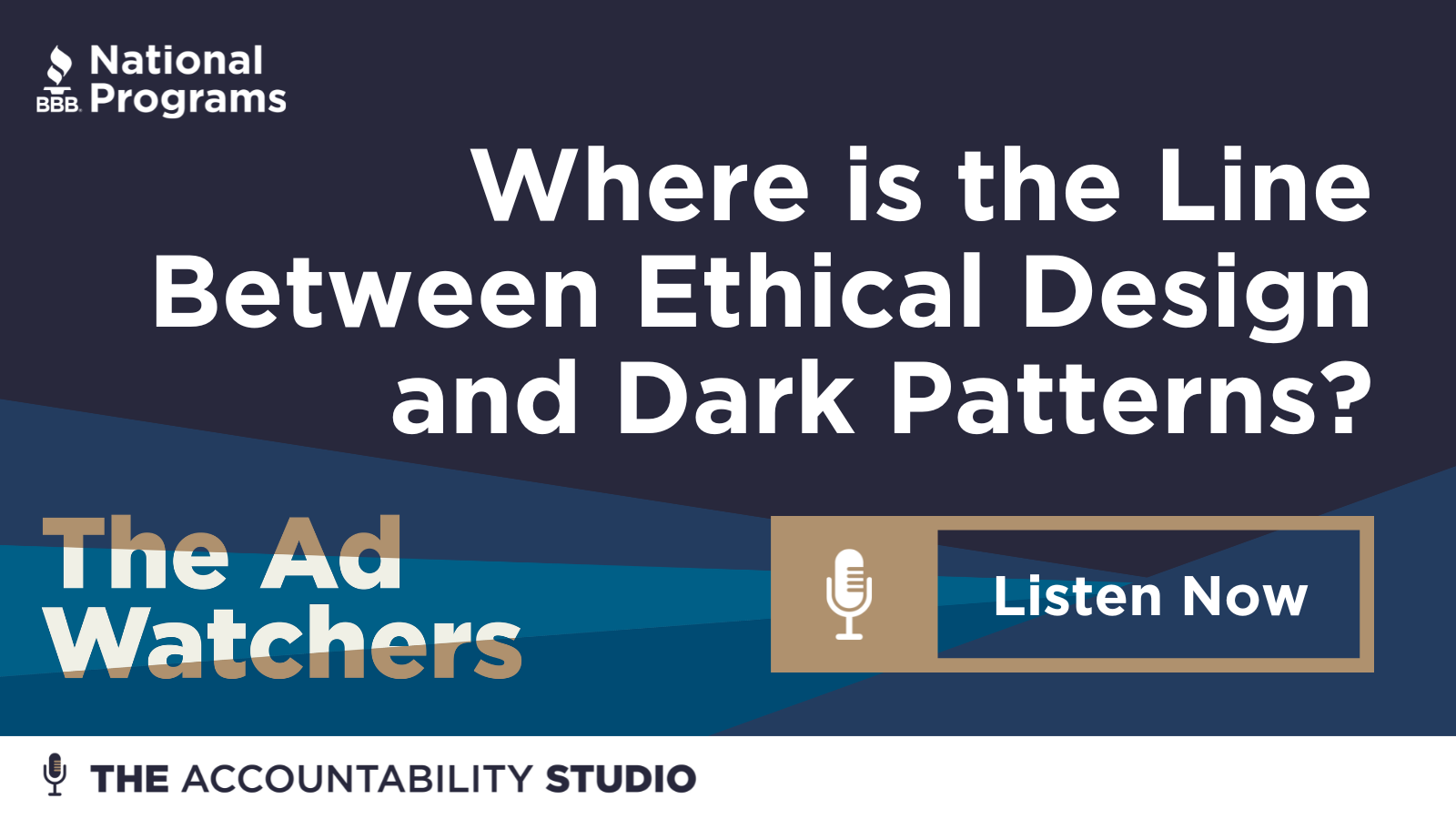Podcast (adwatchers): Play in new window | Download (Duration: 20:43 — 28.6MB) | Embed
Subscribe: Apple Podcasts | RSS
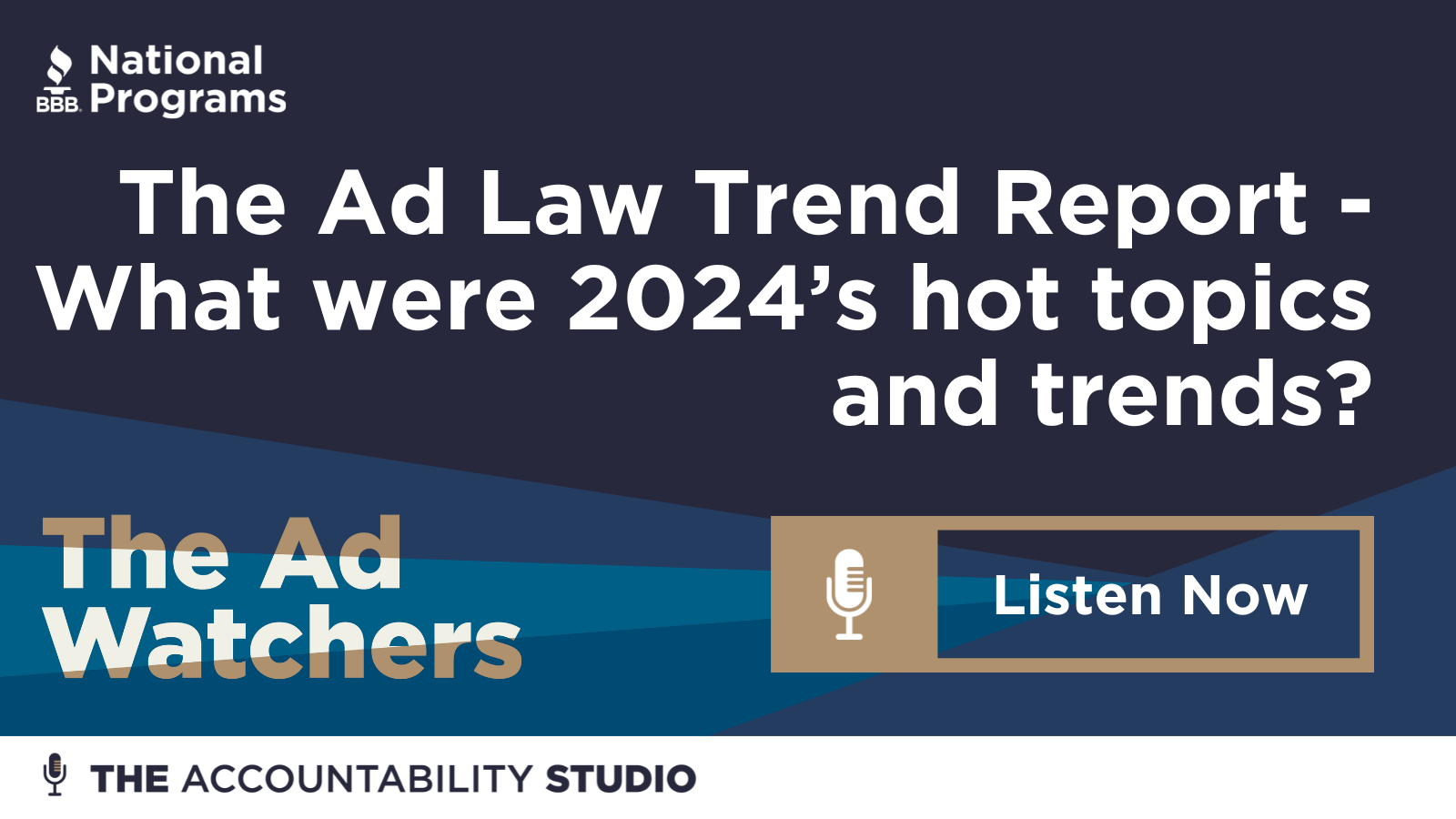
The National Advertising Division (NAD) Annual Report provides a comprehensive look at the year’s ad law trends and hot topics, from influencers to AI to reviews and rankings.
To kick off a new season of Ad Watchers, hosts Eric and Annie provide insights from the 2024 Annual Report and discuss what’s next in the year ahead, along with some timely best practices for advertisers.
Annie and Eric discuss the report, highlighting key trends in advertising law, including the rise of influencer marketing, AI challenges, and comparative claims. They emphasize the importance of compliance in health and safety claims and preview upcoming events, including the 2025 NAD conference.
Key Takeaways:
- NAD has over 50 years of experience in advertising law.
- The annual report reveals significant trends in advertising disputes.
- Fast-Track SWIFT filings have increased by 50% since 2023.
- Influencer marketing cases are on the rise, especially in beauty.
- AI-related advertising issues are becoming more prevalent.
- Comparative claims continue to be a major focus for NAD.
- Health claims require competent and reliable scientific evidence.
- NAD is seeing new product categories and challenges.
- The 2025 NAD conference will be held in September in Washington, D.C.
Chapters:
[00:00] Introduction to NAD and Advertising Law
[02:12] Annual Report Insights and Trends
[07:29] Influencer Marketing and AI Challenges
[12:11] Comparative Claims and Industry-Specific Cases
[17:03] Health and Safety Claims in Advertising
[19:29] Looking Ahead: NAD Conference and Future Trends
